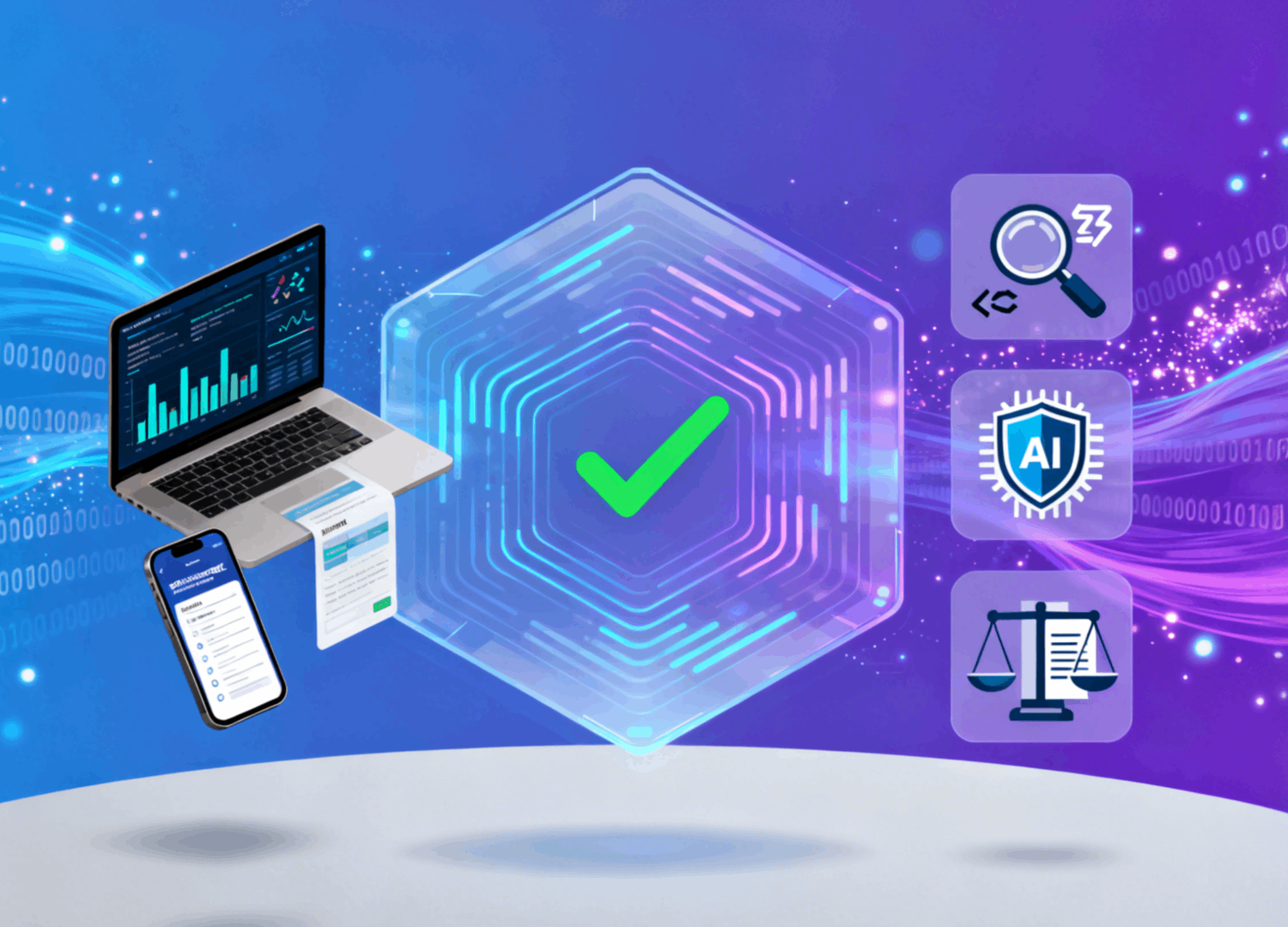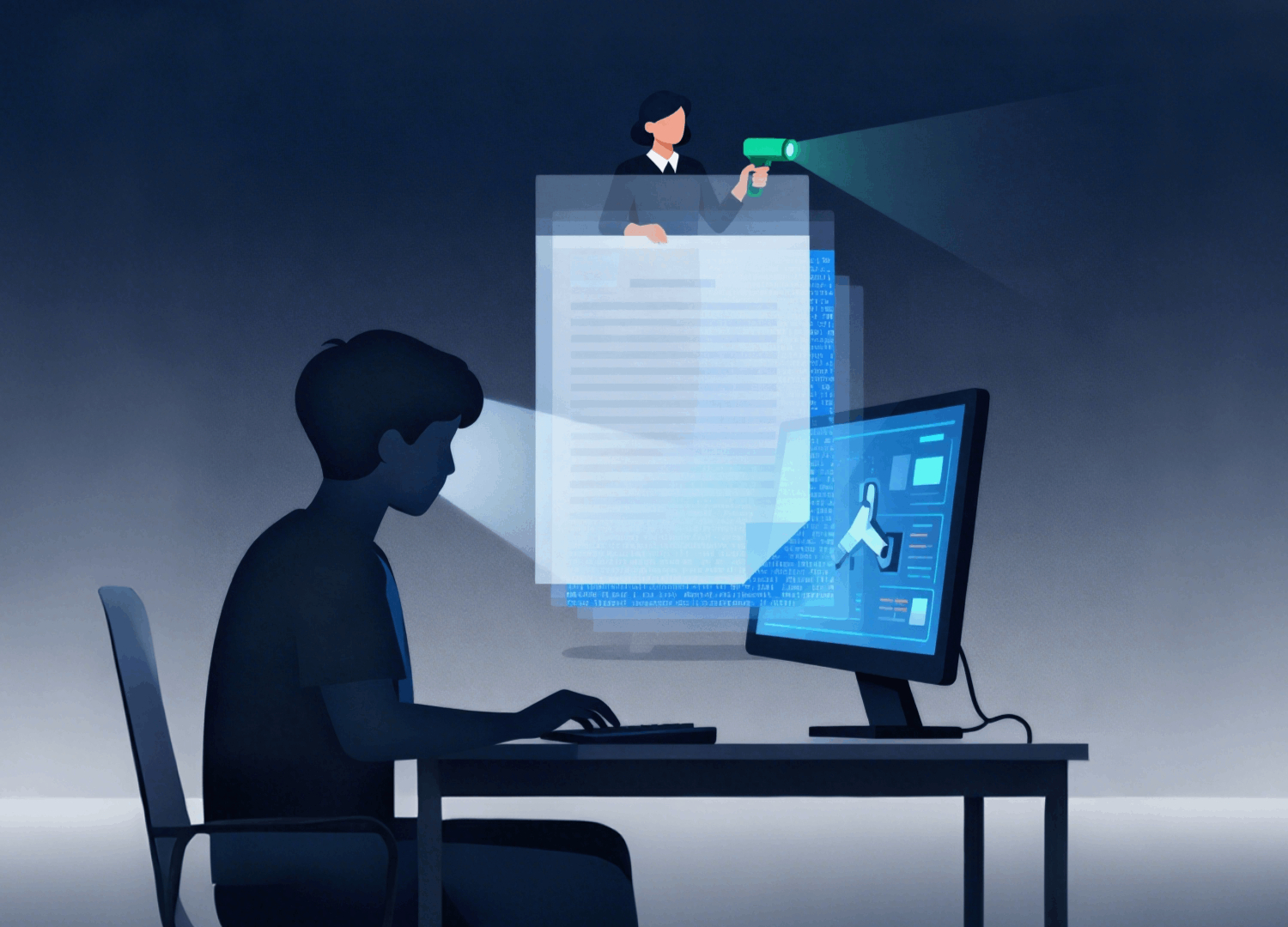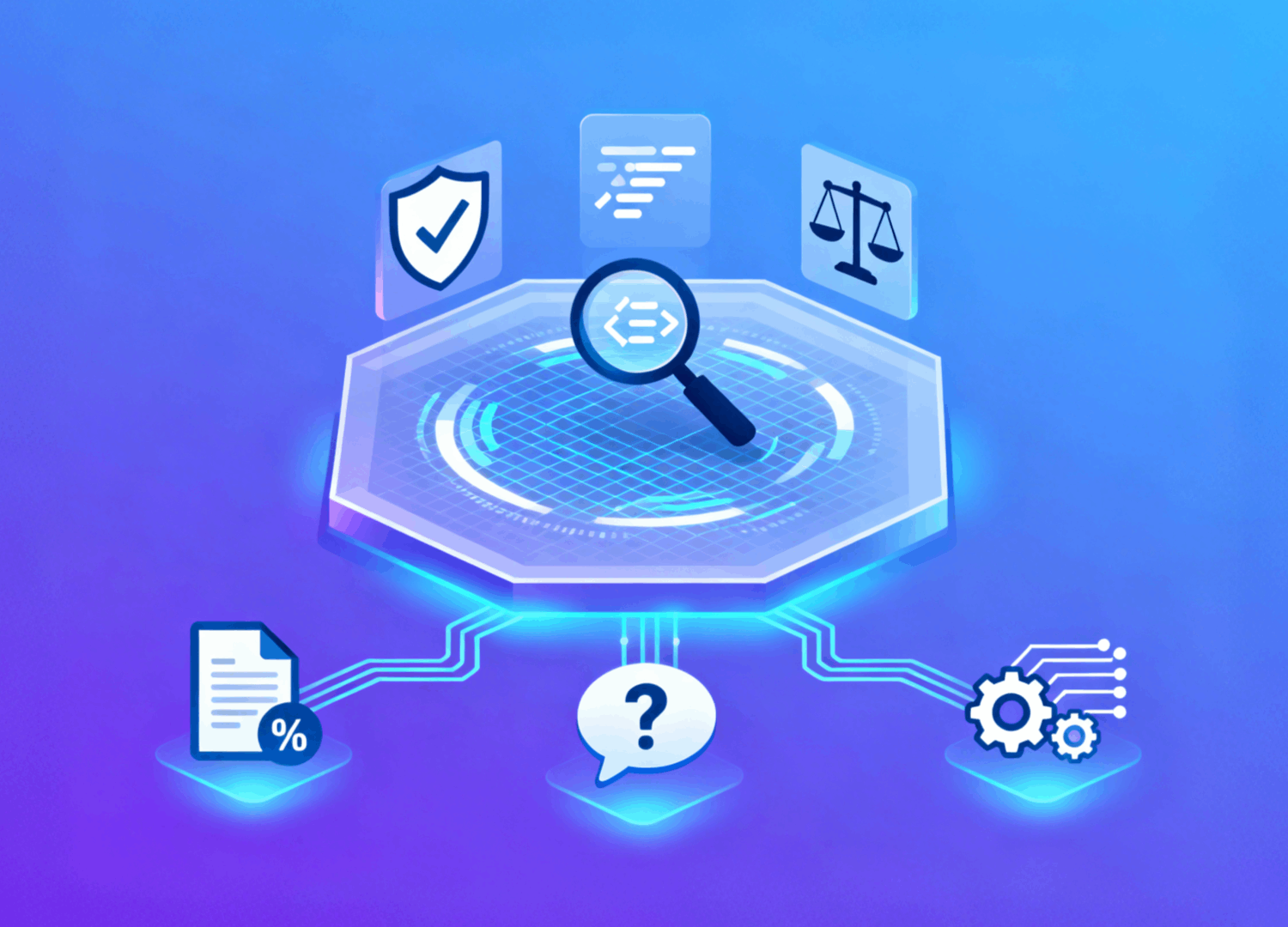
Top AI Content Detectors: Essential Tools for 2025
With the proliferation of AI-generated content, tools like AI Content Detector, AI Checker, and Chat...
As artificial intelligence writing tools become increasingly sophisticated, students and educators alike are asking a critical question: does SafeAssign detect AI-generated content? With the rise of ChatGPT, GPT-4, and other advanced language models, understanding how plagiarism detection systems respond to AI-written text has never been more important. This comprehensive guide explores SafeAssign's capabilities, limitations, and what you need to know about submitting assignments in the age of artificial intelligence.
Whether you're a student concerned about accidentally triggering detection flags or an educator seeking to understand institutional tools better, this article provides evidence-based insights into how SafeAssign handles AI-generated content and what the future holds for academic integrity systems.
Before addressing whether SafeAssign can detect AI, it's essential to understand how this plagiarism detection tool functions. SafeAssign is a plagiarism prevention service integrated into Blackboard Learn that compares submitted assignments against multiple databases to identify matching text.
SafeAssign operates through three primary comparison databases:
The system generates an Originality Report showing the percentage of text that matches existing sources. However, this fundamental approach reveals an important limitation when it comes to AI detection capabilities.
SafeAssign was designed to identify copied text from existing sources, not to detect originally generated content. This distinction is crucial because AI writing tools create new text rather than copying from existing documents. When ChatGPT or similar models generate content, they produce unique combinations of words that won't match SafeAssign's databases—at least not initially.
The straightforward answer is: SafeAssign was not originally designed to detect AI-generated content, and its traditional detection methods have significant limitations in identifying text produced by artificial intelligence tools.
There are several technical reasons why SafeAssign cannot reliably detect AI writing:
While SafeAssign may not identify content as AI-generated, it could still flag certain elements:
However, these matches typically result in low similarity scores and don't specifically identify the content as AI-generated.
Recognizing the limitations of traditional plagiarism detection, Blackboard (SafeAssign's parent company) has taken steps to address the AI detection challenge.
In 2023, Blackboard announced partnerships with dedicated AI detection services to supplement SafeAssign's capabilities. These integrations include:
However, it's important to note that these additions are separate from SafeAssign's core functionality and may not be available at all institutions using Blackboard.
Even dedicated AI detection tools face significant accuracy challenges. Research has shown that current AI detectors produce:
These limitations mean that even enhanced systems cannot definitively determine whether SafeAssign can detect AI with complete reliability.
Since SafeAssign's AI detection capabilities are limited, educators have developed alternative strategies to identify potential AI use in student submissions.
Experienced instructors often notice certain characteristics in AI-generated work:
Many educators now implement process-oriented assignments that make AI use more apparent:
These approaches complement technical tools and provide a more holistic assessment of authentic student work.
If you're a student wondering does SafeAssign detect AI and what that means for your work, here are essential considerations.
Even if SafeAssign cannot reliably detect AI-generated content, using these tools carries significant risks:
Not all AI use is prohibited. Many institutions allow AI tools for:
Always check your institution's specific policies and disclose any AI assistance as required by your instructors.
As AI writing technology evolves, so too must detection systems. Understanding these developments helps contextualize the current question of whether SafeAssign can detect AI.
The next generation of academic integrity tools is incorporating:
The relationship between AI writing tools and detection systems represents an ongoing technological competition:
This dynamic landscape means that while current SafeAssign limitations exist, future versions may incorporate significantly enhanced AI detection capabilities.
Beyond technical detection capabilities, institutional policies play a crucial role in addressing AI use in academic work.
Progressive institutions are creating comprehensive policies that:
Many educators advocate for teaching students how to use AI ethically rather than simply prohibiting it:
This approach acknowledges that AI tools will be part of students' professional futures and prepares them for responsible use.
So, does SafeAssign detect AI? The answer is nuanced: traditional SafeAssign functionality was not designed for AI detection and has significant limitations in identifying AI-generated content. However, the broader Blackboard ecosystem is evolving to incorporate specialized AI detection tools, though these also face accuracy challenges.
For students, the key takeaway is that technical detection limitations do not make AI misuse safe or acceptable. Educators can identify AI-generated work through qualitative assessment, process-based verification, and emerging detection technologies. More importantly, using AI to complete your work undermines your education and violates academic integrity standards at most institutions.
For educators, relying solely on SafeAssign for AI detection is insufficient. A comprehensive approach combining updated assignment design, process-oriented assessment, clear policies, and educational interventions provides more effective safeguards for academic integrity.
As AI technology continues advancing, the relationship between AI writing tools, detection systems like SafeAssign, and academic integrity will continue evolving. Staying informed about these developments and maintaining ethical practices ensures that education remains valuable regardless of technological changes.
SafeAssign's traditional plagiarism detection mechanisms cannot reliably identify content generated by ChatGPT, GPT-4, or similar AI language models. These tools create original text combinations that don't match SafeAssign's databases of existing content. However, Blackboard has begun integrating separate AI detection tools that specifically analyze writing patterns characteristic of AI generation, though these are not part of SafeAssign's core functionality and have varying accuracy rates.
Paraphrasing AI-generated content may reduce detection by specialized AI detection tools, but it doesn't address the fundamental ethical issue. Most academic integrity policies prohibit submitting AI-generated work regardless of modification. Additionally, instructors can often identify AI use through inconsistent writing style, lack of personal insight, or inability to discuss the work in detail. The risk of detection through qualitative assessment remains high even with paraphrased AI content.
SafeAssign can only detect AI-generated content if that specific text has been previously submitted and added to its institutional or global databases. If another student submitted identical or very similar AI-generated content, SafeAssign would flag the matching text. However, it would identify this as matching a previous submission rather than specifically recognizing it as AI-generated. Each unique AI output generally produces different text that won't match SafeAssign's databases.
AI detection tools are significantly less accurate than traditional plagiarism detection like SafeAssign. While SafeAssign can definitively identify exact text matches, AI detectors provide probability estimates with false positive rates of 5-15% and can be fooled by editing or paraphrasing. Research shows inconsistent results across different AI detection platforms, and these tools may incorrectly flag writing from non-native English speakers. Traditional plagiarism detection is more reliable because it identifies factual matches rather than probabilistic patterns.

With the proliferation of AI-generated content, tools like AI Content Detector, AI Checker, and Chat...

With the popularity of AI writing tools, more and more students are using ChatGPT to generate essays

AI detection technology has become increasingly crucial in our digital landscape, where the line bet...

This article explores the rise of free AI detectors, their accuracy limits, and how they help identi...

As artificial intelligence continues to revolutionize content creation, the need to distinguish betw...